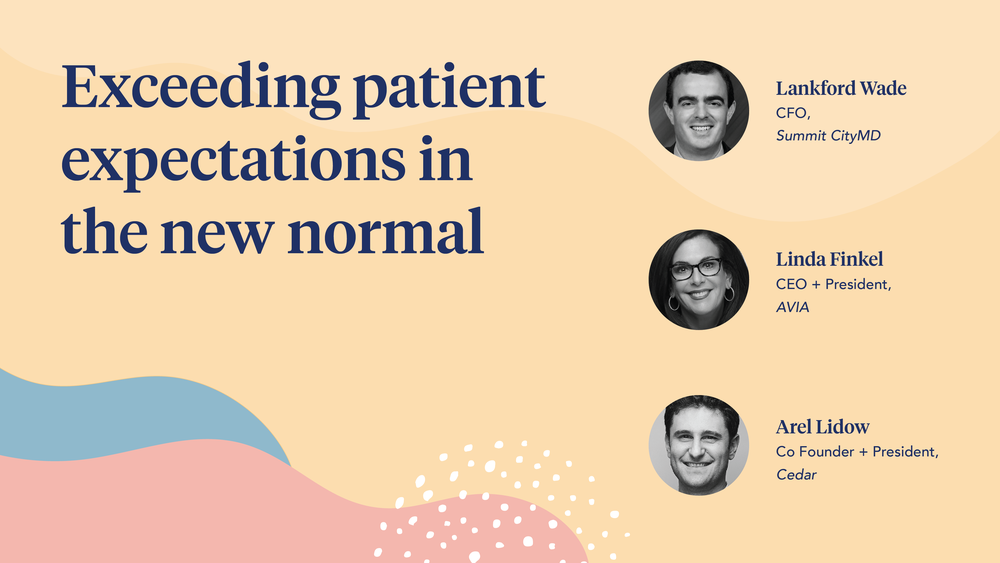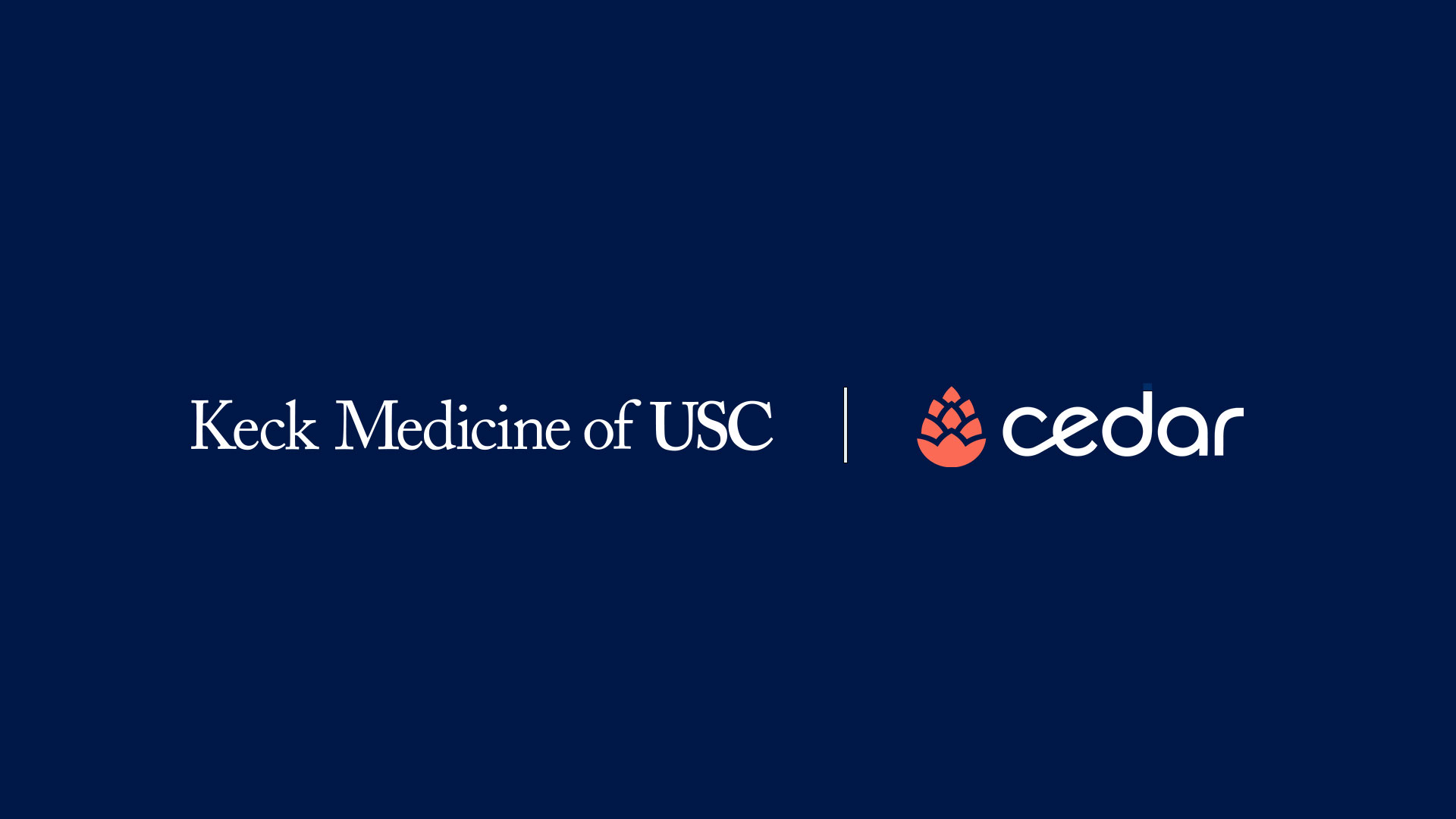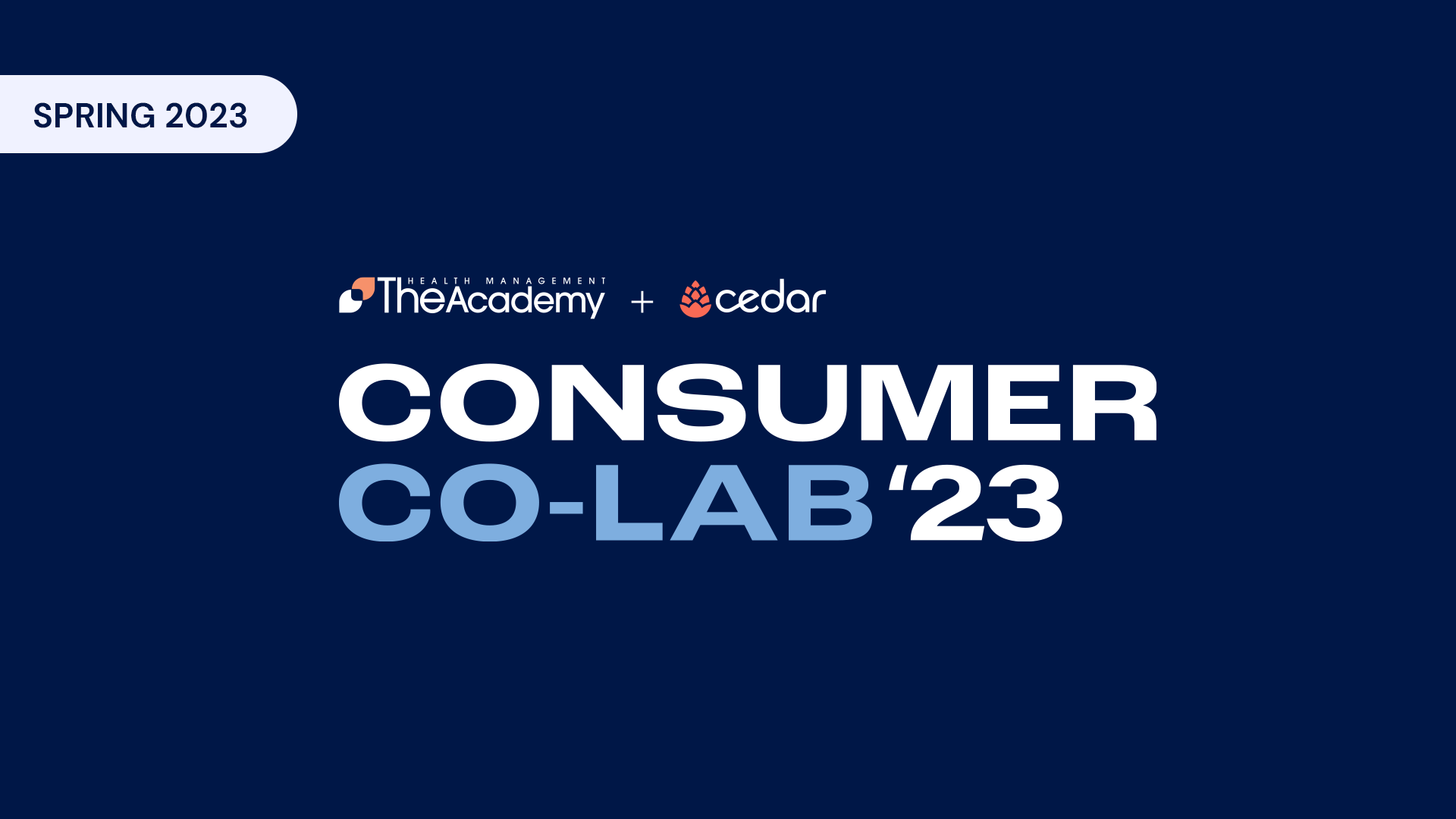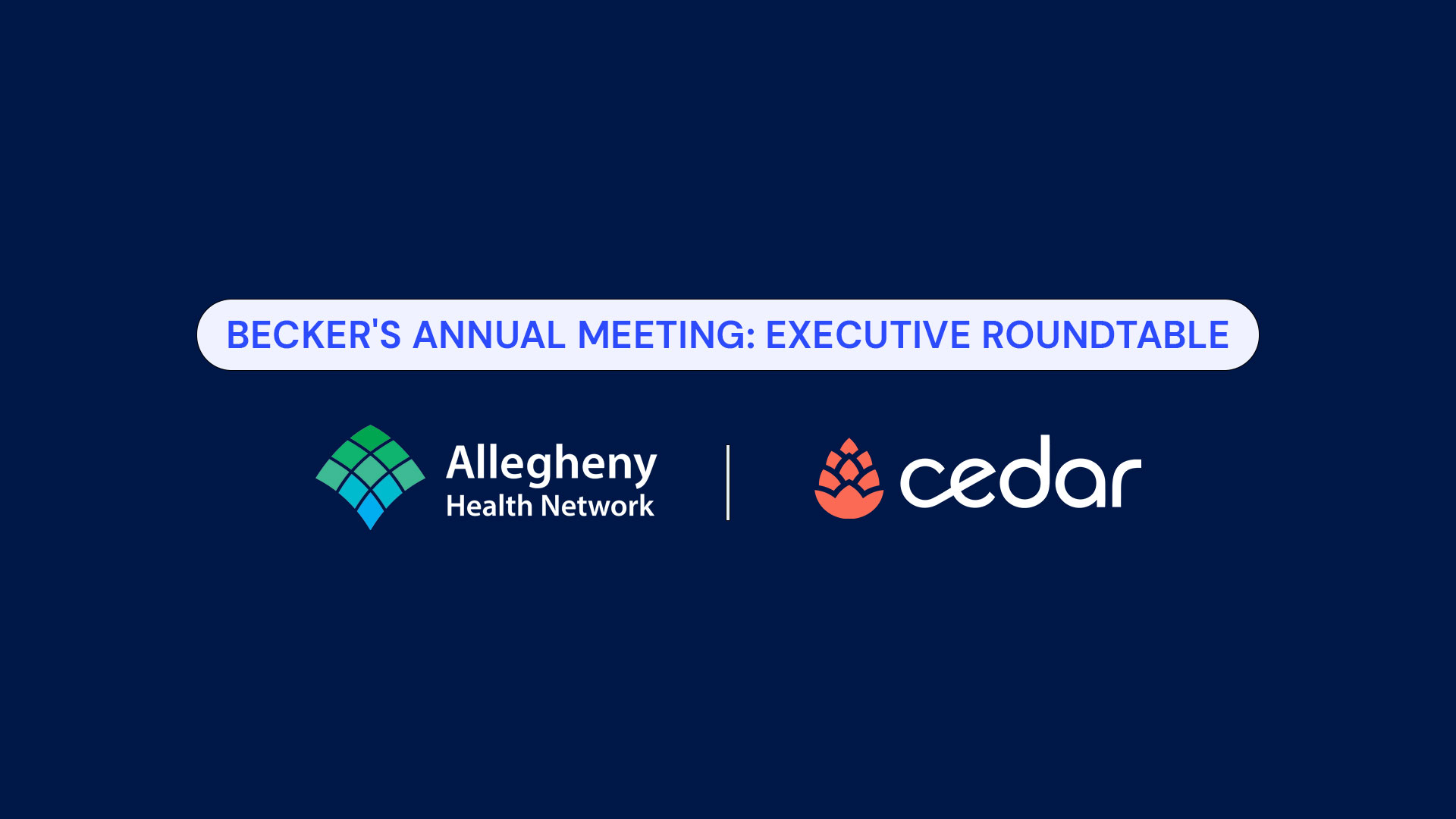Between the challenges posed by COVID-19, healthcare policy changes and rapidly shifting consumer expectations, humanizing and modernizing the patient experience couldn’t be more urgent. Cedar and Forrester’s recent Healthcare Consumer Experience Study, indicates that nearly 50% of consumers wish digital healthcare was smoother and more intuitive, while 28% of consumers have switched or stopped going to a healthcare provider because of a poor digital experience – a 40% increase from 2019.
To discuss these trends and how healthcare leaders can rise to the occasion, Cedar convened a panel discussion with Summit CityMD CFO Lankford Wade, AVIA CEO and President Linda Finkel and Cedar Co-Founder and President Arel Lidow. During the hour-long discussion, panelists shared insights into key strategic priorities for long-term digital engagement in healthcare.
Selected panel highlights are below. To watch the full discussion, click here.
The value of a patient engagement strategy
The panel kicked off contextualizing the value of digital engagement strategies in the wake of COVID-19—2020 being a landmark tipping point year for digital health given the massive spike in virtual visits.
“We realized we needed to be more strategic in terms of how we utilized digital-only experiences, [and though] we recognize it’s not going to represent the majority of the way that we engage with patients, it needs to continue to be an avenue through which we can engage because it’s an expectation that [patients have] now set with how they want to engage,” Wade said regarding Summit CityMD’s response to the pandemic. “We need to be able to meet patients when, how and where they want to be met in terms of the holistic experience that we provide […] from the very first time that we [interact with] them to when we actually engage with them through care.”
“[Healthcare providers] need to realize the ‘genie’ [isn’t] going back in the bottle,” Finkel added. “Digital is here to stay and these growing consumer expectations are not going to be ramped back down.”
To hear why a digital-first lens is critical when viewing patient engagement strategy, click here and navigate to 4:40.
Touchless trends—and why pre-visit is so important
The panelists spoke at length about how health systems are investing in technologies to transform the entire healthcare journey, but put particular emphasis on pre-visit – or, what happens before patients even present for care.
“Getting the pre-visit experience right is so important from a consumer standpoint because it […] sets the tone and expectation the consumer is going to have,” Lidow pointed out. “The pre-visit experience is such an incredibly powerful consumer touch point – something you should think of as a branding exercise because it’s literally how consumers are going to perceive your brand.”
Wade underscored the point, remarking that pre-registration through provider engagement is a repeated opportunity to “craft the type of story that you want to give and service that you want to [provide] to that patient.”
Interested in what makes pre-visit so important and why? Panelists give their insight at 15:29.

How healthcare providers can catch up to digital heavyweights
When asked how providers can meet and exceed modern consumers’ digital expectations, panelists agreed that many healthcare leaders may have to loosen a decades-long focus on risk mitigation and cost minimization to embrace a new culture of processes and technologies.
“Every successful consumer company these days has a deep and quantifiable understanding of what drives user behavior,” Lidow said. “They invest enormous resources into measuring exactly what drives certain clicks or certain behaviors. These companies are designed as change machines […] Amazon probably tests thousands of different permutations of things per day. They make hundreds of different changes to their code, designed to tweak the consumer experience in various ways and test it.”
Finkel agreed and expressed optimism that COVID-19 has shifted the mindset of many healthcare leaders: “If there was a silver lining of COVID-19, it’s that it hardened provider understanding around the need to really meet consumer expectations in a radically different way.”
Click here and jump to 24:43 to learn why improving the entire patient journey is no longer optional and why “consumer” is no longer a taboo word in healthcare.
Top priority for healthcare providers? Picking the right partners
Panelists agreed that the best investment healthcare providers can make is partnering with consumer-obsessed healthcare vendors. According to Wade, being able to leverage the expertise of a partner that knows how to engage directly with consumers, rapidly iterate and test is critical—all skills that are “not innate to the DNA of the vast majority of healthcare systems,” as he put it. At the same time, he continued, allowing partners to handle engagement enables systems to shift focus to the core priority of delivering care.
“Picking your partners is probably the most important thing that providers can do today to accelerate the pace with which they get to impact […] We still see systems that are trying to develop [already available] capabilities […] And yet, they don’t always have the time to look out in the marketplace. I do think that thoughtful partner selection can just be the difference between success or failure for systems.”
To find out why panelists can’t wait for the waiting room to go away, their thoughts on what the patient experience will look like in five years, why it’s easier than ever for healthcare companies to personalize every point of the patient journey and much more, watch the full discussion.
If you’d like to be notified of future Cedar events, click here to join the mailing list.



